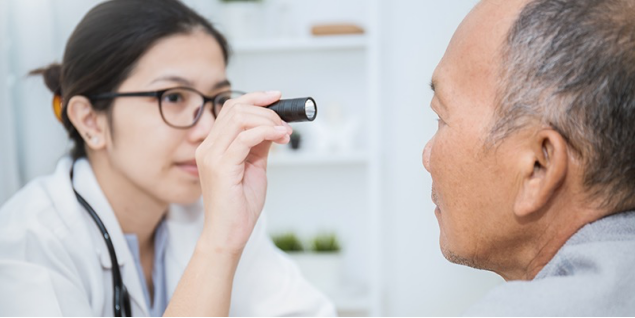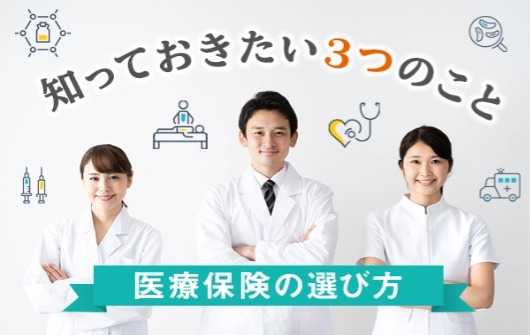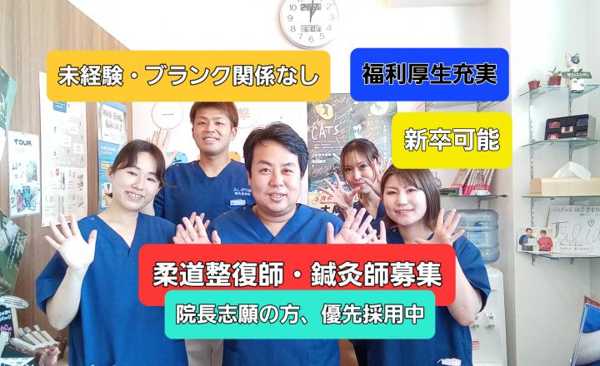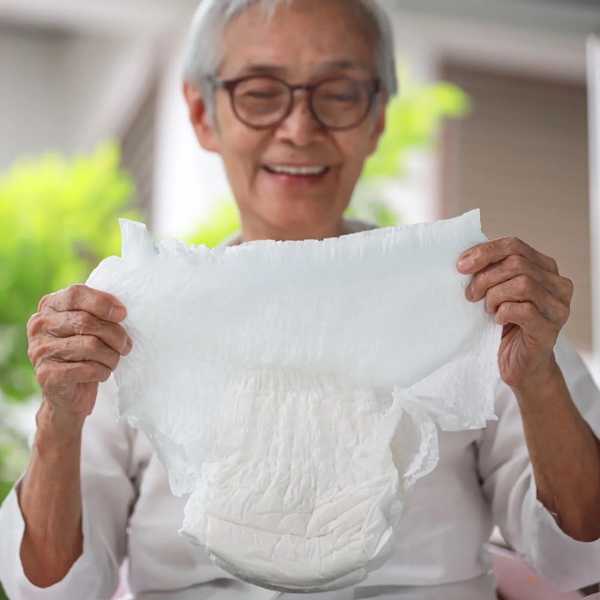Confidence and Care: A New Standard in Adult Diaper Manufacturing
Navigating Life with Thyroid Eye Disease: Insights into Symptoms, Treatments, and Coping Mechanisms
Thyroid Eye Disease (TED), also referred to as Graves' orbitopathy or thyroid-associated orbitopathy, is an autoimmune disorder that commonly occurs in individuals with thyroid conditions like hyperthyroidism or Graves' disease.
Thyroid Eye Disease (TED), also referred to as Graves' orbitopathy or thyroid-associated orbitopathy, is an autoimmune disorder that commonly occurs in individuals with thyroid conditions like hyperthyroidism or Graves' disease.
TED can lead to significant discomfort, vision problems, and even alterations in physical appearance, particularly around the eyes. However, with early intervention and proper management, patients can effectively manage their condition. This article explores the essential symptoms, available treatments, and practical coping strategies for living with TED.

Recognizing the Symptoms of Thyroid Eye Disease
The symptoms of TED can vary widely among individuals, from mild irritation to severe complications. Here are the most common symptoms to watch for:
Protruding Eyes (Exophthalmos): One of the hallmark symptoms of TED is bulging or protruding eyes. This can cause the eyes to appear larger than normal and may result in difficulties fully closing the eyelids. This leads to dry eyes, excessive tearing, and increased irritation.
Eyelid Retraction: In TED, the upper and lower eyelids may retract, giving the face a "staring" look. This can impair blinking, leading to dry eyes and increased sensitivity to light.
Vision Disturbances: TED can affect vision by causing double vision (diplopia) or blurry vision. This occurs when the muscles around the eyes become inflamed, causing misalignment and disrupting normal eye movements.
Eye Pain and Pressure: Many individuals with TED experience discomfort around the eyes, including pain, pressure, or a sensation of fullness. These symptoms can be aggravated by eye movement or exposure to bright light.
Swelling Around the Eyes: Swelling in the tissues surrounding the eyes is common in TED. This inflammation can make the eyes appear larger and cause further discomfort.
Risk Factors and Prevalence
TED is most common in individuals with thyroid conditions, especially those diagnosed with Graves' disease or hyperthyroidism. It’s estimated that up to 50% of people with Graves' disease will develop TED to some extent.
Several risk factors contribute to the likelihood of developing TED:
- Smoking:Smoking is a significant risk factor that worsens the severity of TED and can make treatment more challenging.
- Age:TED is more common in people aged 40 to 60, although it can affect people outside this age range.
- Gender:Women are more likely to develop TED than men, though both genders can be affected.
- Poor Thyroid Management:Uncontrolled thyroid hormone levels, particularly in hyperthyroidism, increase the risk of TED.
Treatment Options for Thyroid Eye Disease
The treatment plan for TED varies depending on the severity of the disease and the specific symptoms a person is experiencing. Here are some of the key treatment options:
Tepezza (Teprotumumab): Tepezza is a groundbreaking medication that targets the underlying inflammation in TED. By reducing the activity of immune cells, Tepezza can reduce symptoms like eye bulging and double vision. It has significantly improved the quality of life for many TED patients.
Corticosteroids: Steroids are commonly prescribed to manage acute flare-ups of TED. These medications reduce inflammation quickly and can provide short-term relief from pain, swelling, and other symptoms. However, they are typically used for limited periods due to potential side effects from long-term use.
Surgical Options: In more severe cases, surgical procedures such as orbital decompression may be necessary. This procedure removes some of the bone around the eyes to reduce pressure and improve eye positioning. Surgical options may also include eyelid surgery or strabismus surgery to correct double vision caused by muscle imbalance.
Supportive Care: For less severe cases of TED, supportive treatments can help alleviate symptoms. These include using artificial tears for dry eyes, wearing sunglasses to protect against light sensitivity, and practicing good eyelid hygiene to reduce irritation.
Coping with Thyroid Eye Disease
Living with TED can be physically and emotionally challenging. However, there are several strategies that can help improve daily life and provide relief from symptoms:
Connecting with Support Groups: Connecting with others who have TED can be empowering. Support groups provide an opportunity to share experiences, offer advice, and receive emotional support. Many patients find that talking with others who understand their struggles can be therapeutic.
Regular Check-Ups: TED requires ongoing monitoring by a healthcare professional. Regular visits to an ophthalmologist or endocrinologist can ensure that the disease is being managed effectively and that any progression is detected early.
Managing Stress: Stress can worsen TED symptoms. Engaging in stress-relieving activities like yoga, meditation, deep-breathing exercises, or even taking walks can help mitigate the impact of stress on the body and mind.
Proper Eye Care: Proper care and maintenance of eye hygiene are essential for reducing irritation. Use lubricating eye drops regularly and keep the eyes moist to reduce the discomfort associated with dry eyes.
Wearing Protective Eyewear: For individuals with light sensitivity, wearing sunglasses or specialized lenses can protect the eyes from bright light and reduce discomfort when outdoors.
Living Well with TED
Although living with TED can present challenges, with proper treatment and coping strategies, individuals can continue to lead fulfilling lives. Early detection and prompt medical intervention are crucial for preventing complications, such as permanent eye damage or loss of vision. By working closely with healthcare professionals, managing stress, and adopting healthy lifestyle changes, individuals with TED can improve their overall well-being and quality of life.
Conclusion
Thyroid Eye Disease is a serious but manageable condition, and with the right treatment and support, individuals can cope effectively. Recognizing the symptoms early, seeking appropriate treatment, and adopting healthy coping strategies are key to living well with TED. If you have thyroid disease or suspect you may be developing TED, it is important to consult with a healthcare provider for a proper diagnosis and personalized treatment plan. With ongoing medical advancements and support, TED does not have to define your life.











